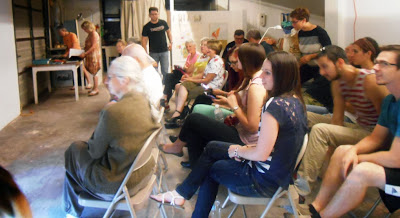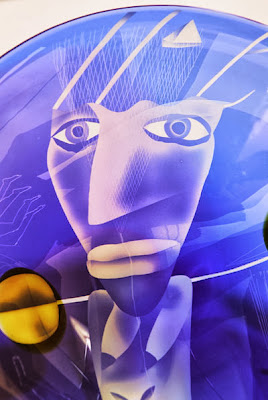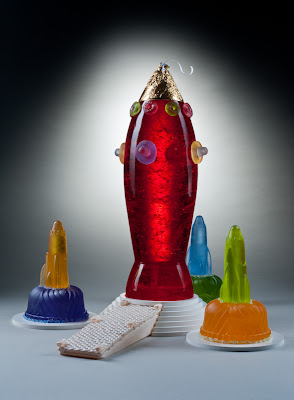The Appalachian Center for Craft (ACC) has announced that their new Director of the Appalachian Center for Craft at Tennessee Tech University is our Debra Ruzinsky! Congratulations Debra – and congrats to the school who is getting such a thoughtful and dedicated new director! This will be great for both of them!
The Appalachian Center for Craft is located on over 500 wooded acres overlooking Center Hill Lake in scenic Middle Tennessee near the town of Smithville. The facility was built in 1979 and exceeds 87,000 square feet of spacious studios, gallery, exhibitions, administrative offices, library, cafe, student housing and meeting/audio visual rooms.
The Craft Center is approximately 60 miles east of Nashville and 120 miles west of Knoxville; and only 25 miles west of TTU’s main campus in Cookeville.
Debra Ruzinsky is a creative facilitator, an arts administrator, and an active and engaged glass artist with an ongoing practice. Her works are found in numerous collections, among them the Seto City Museum collection in Seto, Japan, and the Glasmeseet Ebeltoft collection in Denmark. She has exhibited at such venues as Vis Arts in Rockville, MD, Urban Glass in Brooklyn, NY, Hawk Galleries exhibition BIGG: Breakthrough Ideas in Global Glass in Columbus, OH, The Wayne Art Center exhibition Reflections in Glass in Pennsylvania, the Brattleboro Museum of Art exhibition Glass in All Senses in Vermont, and the Glass Heap Challenge exhibition at the Glass Factory Museum in Boda Glasbruk, Sweden.
























